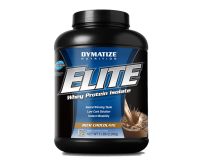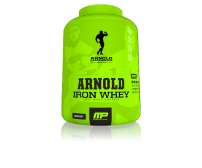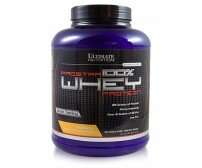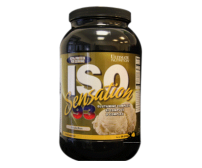Shopping Cart
0 item(s) - 0Nitrotech Performance Series
Ex Tax: 4,800
Nitrotech Performance Series

MUSCLE BUILDING
WHEY PROTEIN
REINVENTED
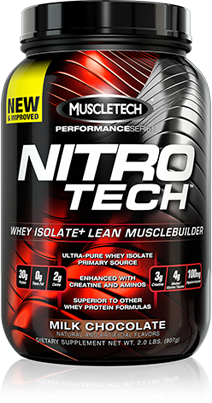
NITRO-TECH®
FUELS THE PROS
FASTER GAINS*
NITRO-TECH® contains protein sourced primarily from whey protein isolate - one of the cleanest and purest protien sources available to athletes. It is also enhanced with the most studied for of creatine for faster gains in muscle and strength.*
ULTRA-CLEAN PROTEIN
FORMULA
NITRO-TECH® contains 30 grams of protein, primarily whey protein isolate, ultra-filtered whey proteinconecntrate and hydrolyzed whey protein isolate, with only 2 grams of carbs and 1.5 grams of fat!
BUILD MORE STRENGTH THAN
REGULAR WHEY PROTEIN
NITRO-TECH® contains a research-proven dose of 3g of creatine monohydrate which combined with whey protein will help to build more strength than regular whey protein. In one study, subjects using the whey/creatine combination in NITRO-TECH increased their one-rep max bench press by 34 pounds, compared to only 14 pounds for subjects using regular whey protein.1*
BUILD MORE MUSCLE THAN
REGULAR WHEY PROTEIN*
Research conducted and published in a scientific journal shows that subjects using the core formula in NITRO-TECH gained 8.8 lbs. of lean muscle in six weeks compared to subjects who used regular whey protein, who gained 5.1 lbs.1
- 30G
PROTEIN - 3G
CREATINE - 2G
CARBS
RAPID POST-WORKOUT AMINO ACID DELIVERY*
NITRO-TECH is the first protein to contain all three key free-form amino acids alanine, glycine, and taurine:
LONGER AND HARDER TRAINING SESSIONS
(AS L-ALANINE, WHEY PROTEIN ISOLATE, AND WHEY PROTEIN CONCENTRATE)
Alanine is the primary amino acid for the production of usable glucose during intense training. Supplementing with alanine post-workout can help combat muscle breakdown and promote protein synthesis.
1G GLYCINE
(AS GLYCINE, WHEY PROTEIN ISOLATE, AND WHEY PROTEIN CONCENTRATE)
Gylcine is an amino acid which has been noted to play a role in the formation of many other biological compounds in the body, such as proteins and creatine, and even supports cell volumization.
1G TAURINE
Taurine is the second most-abundant amino acid found in muscle and aids in cell volumization.
REFERENCE
1. Burke et al., 2001. International Journal of Sport Nutrition and Exercise Metabolism.11(3): 349-64

Write a review
Your Name:Your Review: Note: HTML is not translated!
Rating: Bad Good
Enter the code in the box below:










